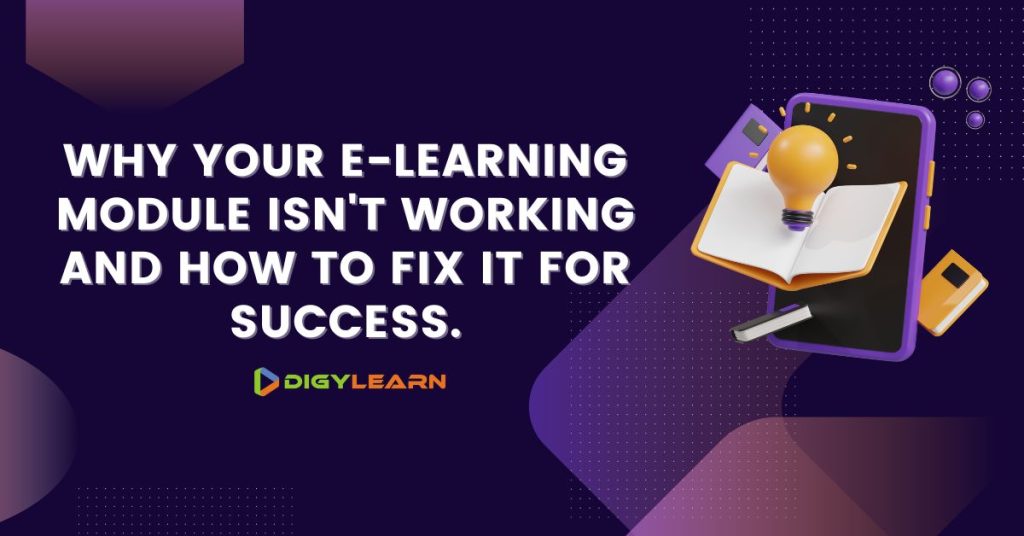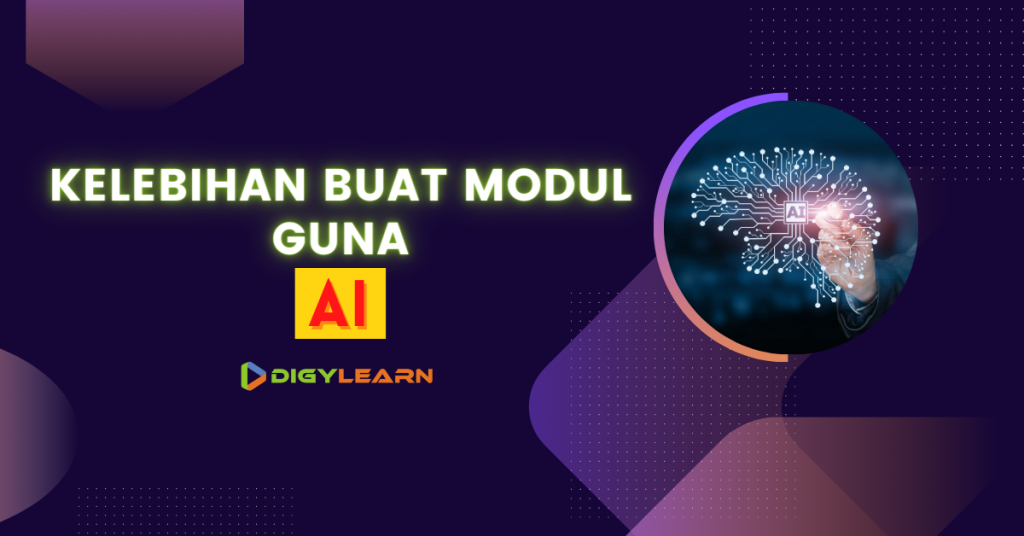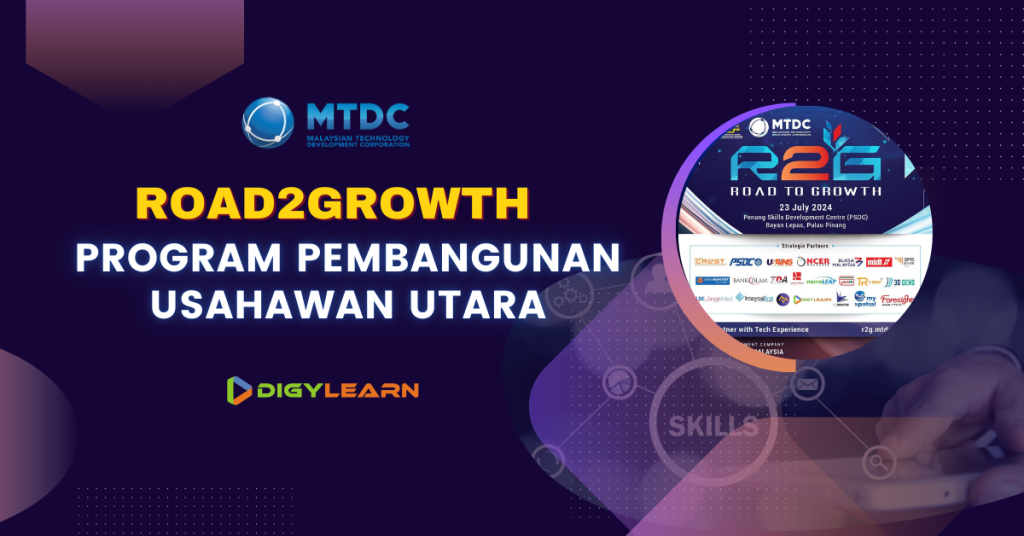Why Your E-Learning Module Isn’t Working And How to Fix It for Success.

E-learning has become an essential part of modern education, but not all modules deliver the impact they should. Poorly designed modules can leave learners disengaged, confused, or unable to achieve their goals. Below, we’ll explore three major mistakes that might be undermining your e-learning module and provide practical solutions to set things right.
1. Failing to Align the Module with Learners’ Goals
If your module doesn’t address the specific needs and objectives of your learners, it’s unlikely to capture their attention or deliver value. A mismatch between content and learner expectations can derail their motivation.
How to Fix It:
• Understand Your Audience: Use surveys or talk to your audience to find out what they want to achieve.
• Set Relevant Objectives: Make sure every piece of content in your module supports clearly defined goals that resonate with the learners.
• Personalize Content: Use adaptive learning techniques to tailor lessons to different skill levels or professional needs.
Example: A corporate trainer surveys new hires and discovers they need help understanding company values. The trainer designs the module with clear objectives, such as “Identify how our values influence daily operations,” ensuring relevance and alignment with learner needs.
2. Making the Learning Experience Boring
Learners quickly lose interest in modules that rely too heavily on static text or repetitive formats. A lack of interaction and creativity leads to poor retention and incomplete courses.
How to Fix It:
• Make It Visual: Incorporate multimedia elements like videos, infographics, and animations to create a dynamic experience.
• Introduce Gamification: Use rewards like points, badges, or levels to make learning feel rewarding and enjoyable.
• Promote Interaction: Include clickable exercises, quizzes, and real-world scenarios to keep learners actively engaged.
Example: A history module uses interactive timelines and animated maps to explain World War II events. Learners can explore troop movements visually, making the content more engaging and easier to understand.
3. Overloading Learners with Information
A module that lacks focus or tries to cover too much at once can overwhelm learners. Without a clear structure or manageable content chunks, they may struggle to retain what they’ve learned.
How to Fix It:
• Keep It Simple: Focus only on what’s important and skip unnecessary details.
• Break It Down: Divide the course into short lessons or sections that are easy to follow.
• Guide the Learner: Make sure each topic builds on the one before it, so learners can see how everything fits together.
Example: A fitness e-learning program breaks lessons into manageable daily 20-minute sessions, such as “Day 1: Healthy Eating Basics,” to ensure learners are not overwhelmed and can focus on one topic at a time.
Conclusion
Fixing a broken e-learning module doesn’t have to be hard. Focus on your learners’ goals, make the course engaging, and organize the content in a clear way. By addressing these three issues, you can transform your e-learning modules into impactful, learner-centric experiences.
Is your module in need of repair? Start with these steps today and witness the difference in learner satisfaction and success!





Responses